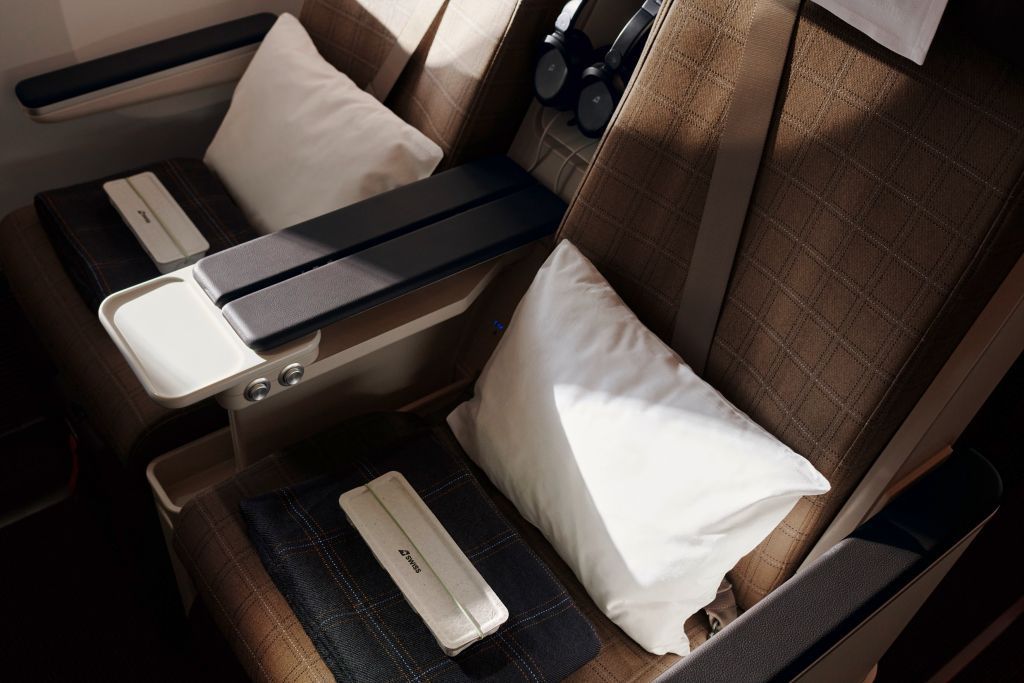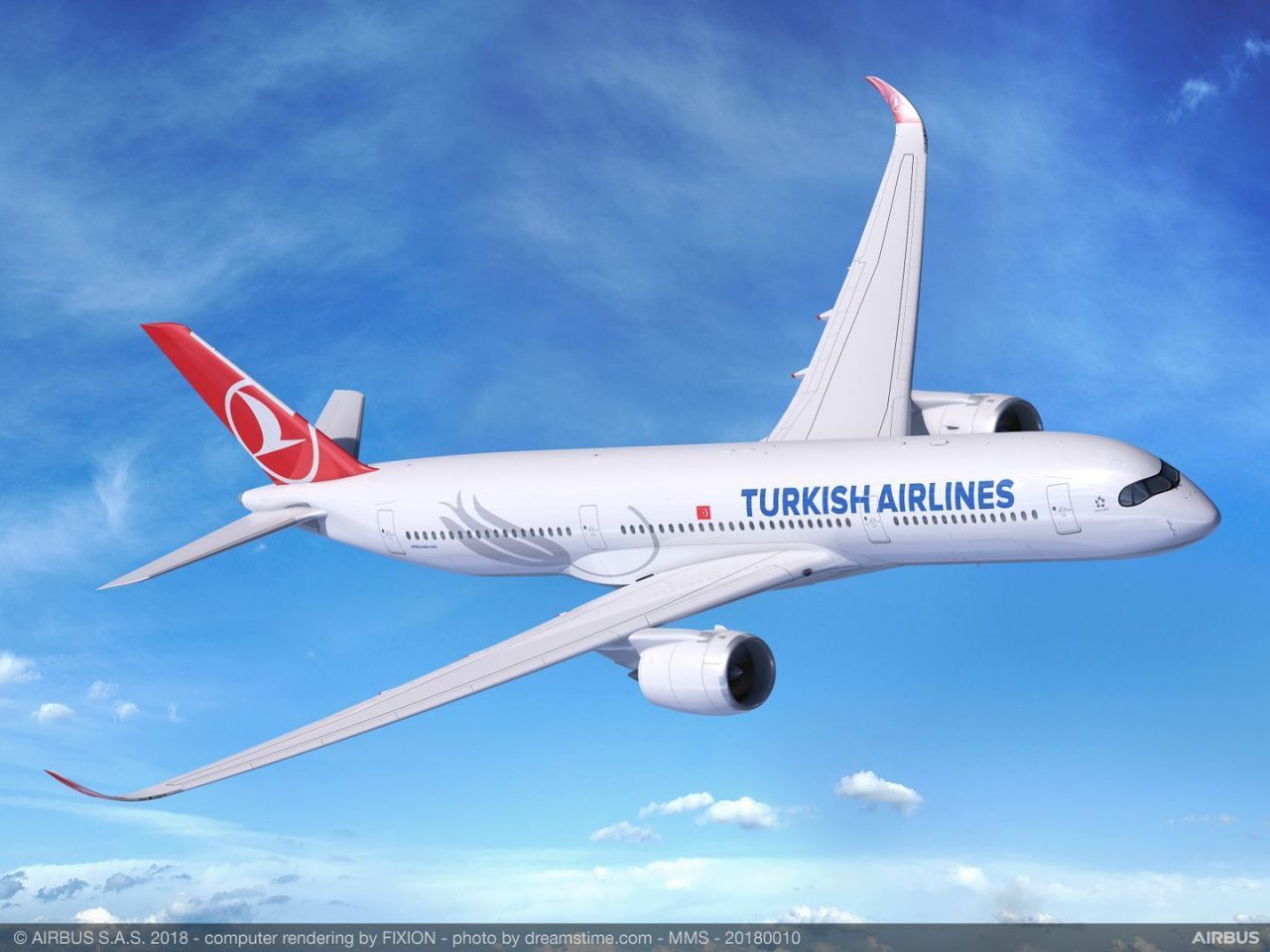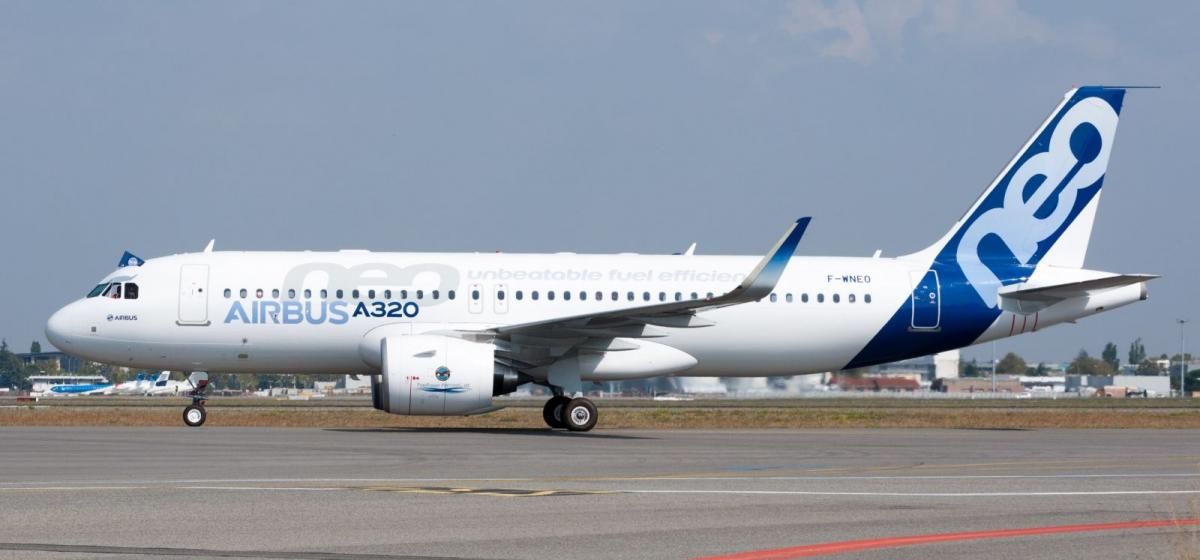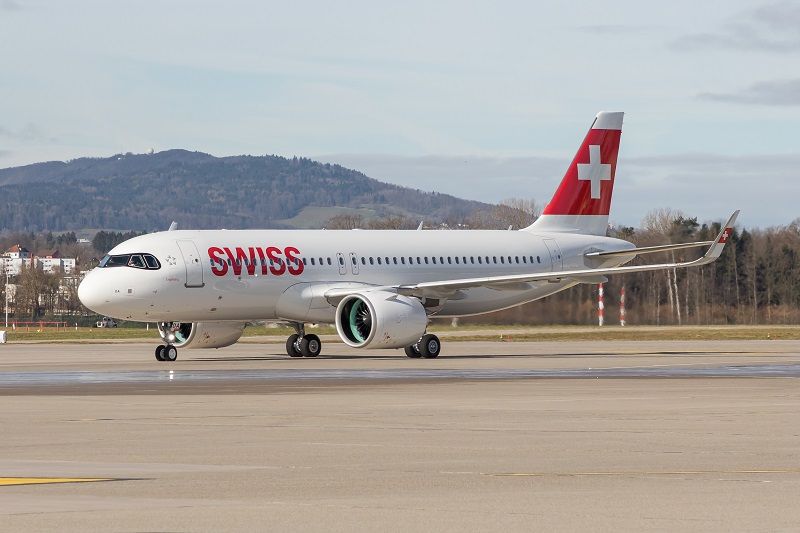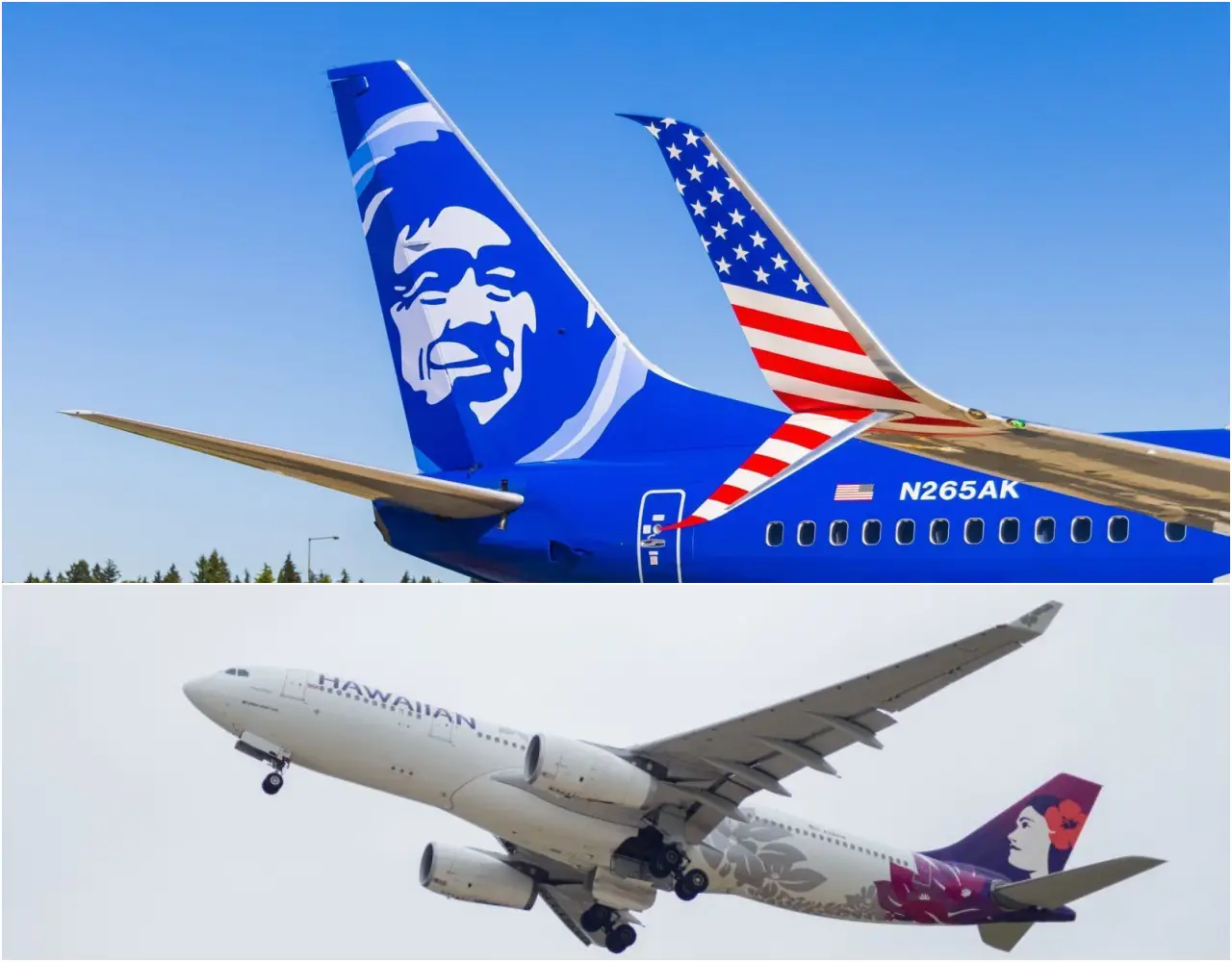Swiss International Air Lines (SWISS) has achieved another significant step in its plan to introduce the Airbus A350-900 into its fleet.
The airline has finalized the cabin layout for the state-of-the-art long-haul twinjet, revealing that it will accommodate 242 passengers. Notably, the Premium Economy Class will have 38 seats, which is larger than the equivalent on SWISS’s current long-haul aircraft, indicating a surge in demand for premium leisure air travel.
Scheduled to join the fleet from 2025, the Airbus A350-900 will incorporate the innovative ‘SWISS Senses’ cabin concept, promising passengers a unique and tailored flying experience. The detailed specifications include the size and configuration of each seating cabin, the number of seats in each travel class, and the placement of aisles, toilets, and galleys.
The breakdown of the 242 seats on the Airbus A350-900 is as follows:
- First Class: 3 seats
- Business Class: 45 seats
- Premium Economy Class: 38 seats
- Economy Class: 156 seats
Tamur Goudarzi Pour, SWISS Chief Commercial Officer, expressed his enthusiasm about the new cabin design. He emphasized that SWISS remains the only major global airline to offer a First Class cabin on all its long-haul aircraft. The expansion of the Premium Economy Class further cements SWISS’s position as Europe’s premier airline.
The decision to enlarge the Premium Economy Class stems from the increasing demand for a premium air travel experience, especially among leisure travelers. As the new Airbus A350-900s will be delivered directly from the factory, SWISS had the flexibility to customize the interiors to meet its specific requirements.
From 2025, SWISS will gradually integrate five Airbus A350-900 aircraft into its fleet. These advanced twinjets will eventually replace the airline’s remaining four Airbus A340-300s. The A350-900 stands out as the most fuel-efficient long-haul aircraft, boasting 25% less carbon dioxide emissions than its predecessor and significantly reduced noise levels. Remarkably, the A350-900 averages a fuel consumption of only about 2.5 liters per passenger for every 100 kilometers.

